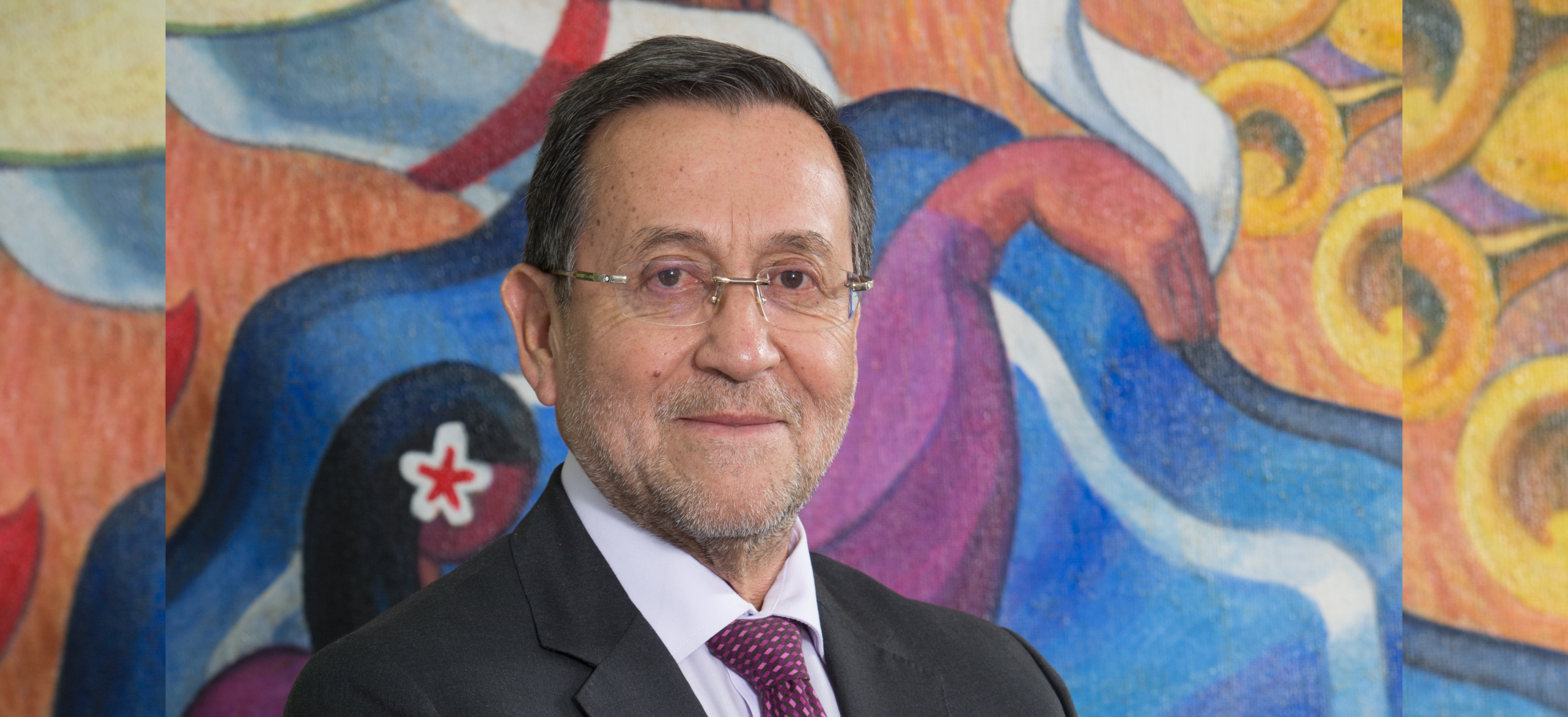Arequipa, SEPTEMBER 5 2023 Miguel Cardozo says, “Arequipa directs mining transfers primarily to education, health, and transportation projects”

- Local municipalities receive nearly 80% of contributions from fiscal redistribution (canon) and royalties.
According to Miguel Cardozo, the president of PERUMIN 36 and director of the Peruvian Institute of Mining Engineers, in the region of Arequipa, 39% of the investment budget of local municipalities, that is, S/. 2.814 billion, comes from revenues generated by the mining sector.
In an interview with TV Perú, he pointed out that the total funds, considering transfers from mining royalties, mining royalties, mining license fees, and penalties, are primarily used to finance public infrastructure projects in education, health, and transportation.
Regarding education, he highlighted the case of Universidad Nacional de San Agustín, which managed to improve its position in the global ranking of higher education institutions thanks to the use of fiscal redistribution from mining in research activities and laboratory modernization.
As a result of investments and developments in research, infrastructure, professional training, international agreements, among others, UNSA improved its global university ranking by more than 6,000 positions, now ranking at 3800th place," he exemplified.
On the other hand, concerning the distribution of total mining transfers by government level in Arequipa, he stated that 79% of the transfers were distributed among local governments, while the remaining 21% was received by the regional government.
However, he criticized the governance and management problems that afflict the entire country, leading to the public budget not being properly planned or invested in social projects, with a significant portion being spent on administrative expenses.
"The contributions from fiscal redistribution and mining royalties reach subnational governments, but they are not invested wisely or efficiently. In this regard, we have been proposing the search for consensus to generate long-term territorial development plans," he argued.
30% of Arequipa’s GDP
In this sense, he mentioned that territorial development plans aim to optimize the management of public funds and the planning of infrastructure works to achieve the general welfare of less privileged communities.
Finally, based on INEI figures, Miguel Cardozo emphasized that the mining sector accounted for 30% of the total GDP of the Arequipa region in 2021, and the average annual contribution of mining through fiscal redistribution and royalties exceeded S/ 8.4 billion in the decade from 2012 to 2021.
The mining sector in the Arequipa region and neighboring departments energizes activity, actively using transportation infrastructure, whether it is land, rail, or air. This will enable the prompt implementation of mining projects in the pipeline," stated the president of PERUMIN 36.







